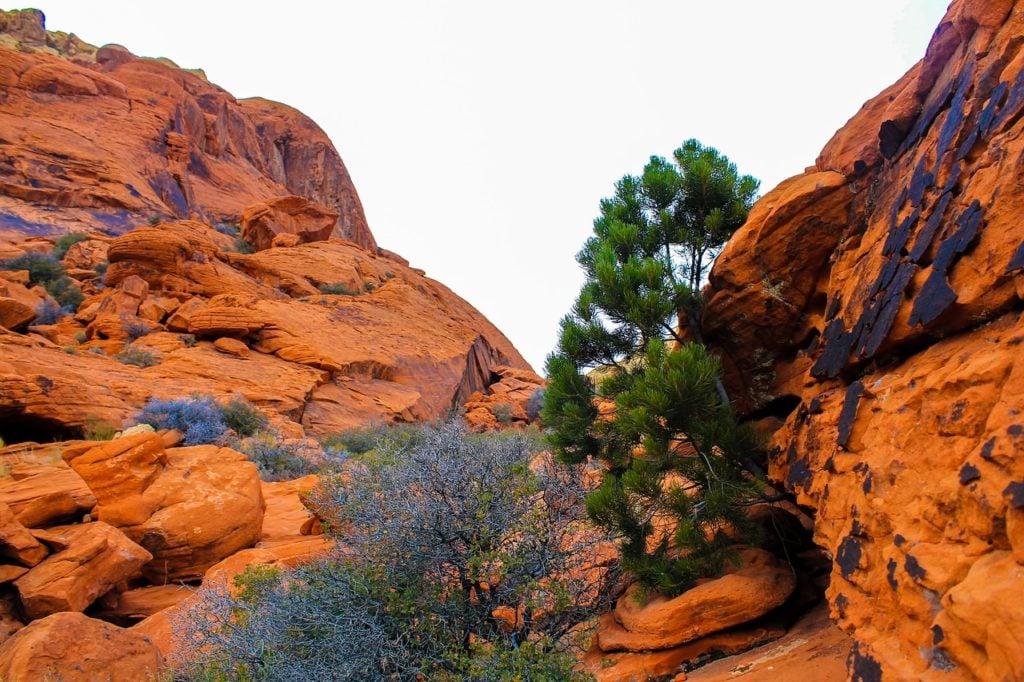To scientists, it’s no secret that steep mountains are capable of drawing carbon dioxide (CO2) from the atmosphere. When mountains erode, the new rock that was behind it is revealed. The composition of the rock starts reacting chemically with the CO2 in the air, resulting in producing carbonate minerals like calcite. According to the new paper, mountain erosion could also lead to more CO2 being released into the atmosphere.
Researchers from the Woods Hole Oceanographic Institution (WHO) conducted a new study, with a paper being released on April 12 in the journal Science. According to the researchers, mountain erosion could be the source of new CO2 gas, releasing it back into the atmosphere at a much faster pace as compared to the CO2 being absorbed back into the exposed rock via chemical reactions.
“This goes against a long-standing hypothesis that more mountains mean more erosion and weathering, which means an added reduction of CO2. It turns out it’s much more complicated than that,” Jordon Hemingway, a postdoctoral fellow at Harvard University and lead author on the paper said as per the statement on Phys.org.
Scientists can’t assign this extra CO2 source to be entirely geological, but instead a byproduct produced by tiny microbes that live in the mountain soils and feed on the organic carbon. Afterward metabolizing the minerals, they spew out carbon dioxide.
The team found this out following the study of the most erosion-prone mountain chains in the world located in the central range of Taiwan. The range is affected by more than three major typhons that occur each year. Through the heavy rains and winds, the soil and rocks mechanically erode affected by the weather. The team looked at the soil and river sediments that originate from the central range.
“At the very bottom of the soil profile, you have basically unweathered rock. As soon as you hit the base of the soil, layer, though, you see rock that’s loose but not yet fully broken down, and at this point the organic carbon present in the bedrock seems to disappear entirely,” Hemmingway said.
“We don’t yet know exactly which bacteria are doing this—that would require genomics, metagenomics, and other microbiological tools that we didn’t use in this study. But that’s the next step for this research,” WHOI marine geochemist Valier Galy, senior author and Hemingway’s advisor in the MIT/WHOI Joint Program said.
The team notes though that the total level of CO2 emitted through those microbes and mountain erosion isn’t enough to have the impact that human-induced climate change does. Further research could help the team understand how carbon cycles really work, and how CO2 levels have been regulated since our planet formed.
“Looking backwards, we’re most interested in how these processes managed to keep the levels of CO2 in the atmosphere more or less stable over millions of years. It allowed Earth to have the climate and conditions it’s had—one that has promoted the development of complex life forms,” Hemingway said. “Throughout our Earth’s history, CO2 has wobbled over time, but has remained in that stable zone. This is just an update of the mechanism of geological processes that allows that to happen.”












